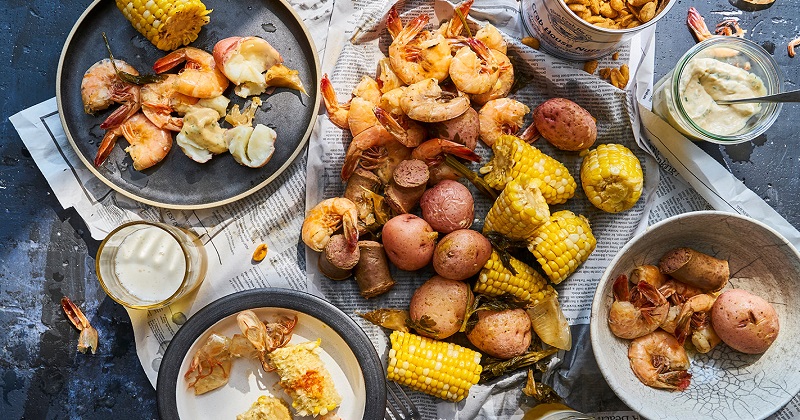
In India, potatoes have always been regarded as plebeian vegetables, but in many other countries, they are the staple food that replace cereals. With the introduction of the ‘tuber solanum tuberosum’ from South America to the older world, accompanied by Portuguese conquistadors, it has played a number of roles on the culinary stage, both prominent and supporting. Growing this crop sustains many large food businesses.
Potatoes are indispensable for breakfast, dinner, and snacks in between. The Humpty Dumpty lookalike is already reinventing itself (or letting others do it) for another round of global conquest in the 21st century, so why should we be surprised? One of the fastest emerging trends in the coming years is potato milk, according to most crystal ball gazers focusing on foods of the future. Vegetarians and vegans are understandably excited about this forecast. Other non-dairy milk like soy and almonds is much more expensive and has started to appeal to even lactose-intolerant palates.
With the same amount of calcium as cow milk, potato milk is dairy-free, cholesterol-free, and fat-free. Potato milk also contains more minerals and vitamins than any other vegan alternative. Sweden’s Veg of Lund launched it under its subbrand DUG as a retail product. This product, marketed abroad as potato milk, is actually made from a combination of pea protein, maltodextrin, chicory fiber, rapeseed oil, and natural flavorings.
It is critical to remind all those who wax eloquent about the virtues of potato milk, sustainability, minimal carbon footprint, etc., that mock meat processing and packaging of potato milk substantially undermine such claims. Potato proteins based on ‘meat’ have also been produced by British and Dutch companies for the growing vegetarian-vegan market. Japchae is a potato starch-based glass noodle. Starchy potatoes lend themselves very well to thickening sauces and can be used in place of cream or corn syrup.
Some Indian chefs like to use potato glass, a transparent edible sheet. Some tried to impress their guests with this display of ‘potato glass blowing’ during the era of molecular gastronomy in our country. As potato glass chips can easily be made at home, no complex science was involved in the process. You can make potato starch at home with little effort and practice even if you cannot find ready-made potato starch everywhere.
Recent news reports about Indian authorities rejecting Pepsi Co’s claim to a patent on a genetically modified potato variant that was used to make Lay’s chips have made us think about the potato. A government order overruled the food company’s attempts to settle this dispute with the farmers. There has been a lot of controversy surrounding genetically modified crops. The scientific community and farmers around the world (especially in poor countries) remain divided over the risks and advantages involved.
The US Food and Drug Administration has referred to genetically modified potatoes as ‘innate potatoes’ and assured consumers that they are safe. So far, such assurances have not allayed fears. In contemplating the future of potato, we recall how it was once a vegetarian ingredient substituted for meat in imported foods like samosas in medieval times and hamburgers in the modern era. With the potato taking on a meaty avatar, it becomes a full-circle experience.

Post Your Comments